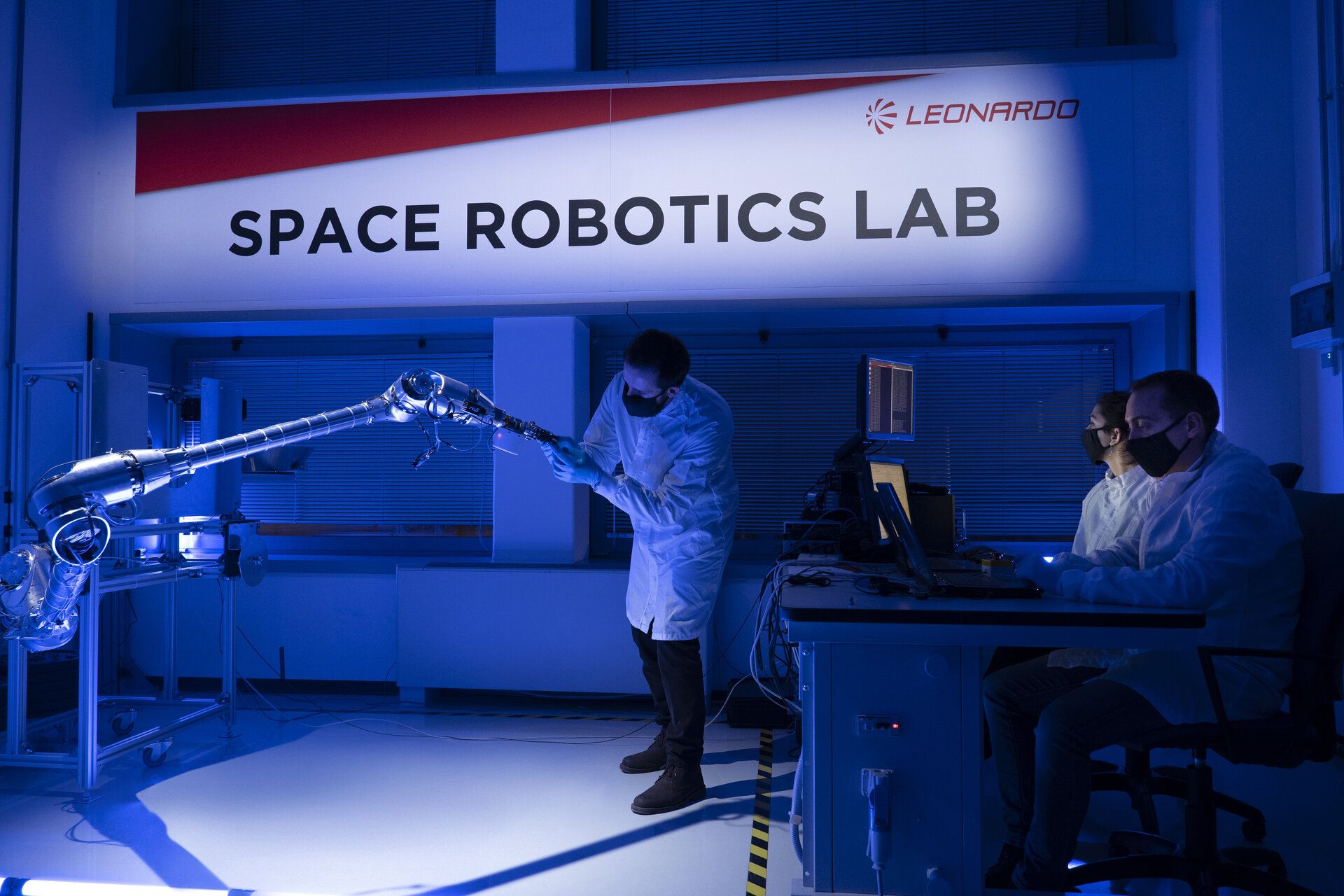
Romania: Quiet space pioneer with stellar ambitions
By ITU News
Romania is among the lesser-known of the pioneering nations that contributed to space exploration in the 1970s and 1980s.
As part of the so-called Eastern Bloc, the then-communist country participated in Soviet-led joint missions taking cosmonauts of various nationalities into space.
One of Romania’s cosmonauts was Dumitru Prunariu, a member of the Soyuz 40 mission under the Interkosmos programme in 1981. Ten years later, Prunariu helped start the Romanian Space Agency (ROSA), which has been part of the European Space Agency (ESA) since 2011.
“I was fortunate enough to have had the chance to become the 103rd explorer of outer space, to subsequently take part in the foundation of ESA,” said Prunariu in 2011, marking the 50th anniversary of cosmonaut Yuri Gagarin becoming the first human to reach outer space and orbit Earth.
ESA membership led to Romania’s tricolour appearing on the primary stage of an orbital rocket for the first time in July 2022, along with the flags of 12 other European states.
Monitoring and tracking
At the recent tenth anniversary of the country’s ESA partnership, ROSA officials highlighted the crucial role of space surveillance and tracking (SST) technologies, such as the network of optical sensors and radar stations for tracking and monitoring space objects, including increasingly numerous satellites in low-Earth orbit.
The Romanian system belongs to a consortium of SSTs for seven European countries.
Also this year, Romania signed the Artemis Accords put forward by the U.S. National Aeronautics and Space Administration (NASA) to establish common principles, guidelines, and best practices for future lunar exploration.
Preparing for launch
According to Romanian national news agency Agerpres, a rideshare agreement between cube satellite manufacturer Alba Orbital and RomSpace, an initiative by students at the International High School of Informatics in Bucharest, will soon culminate in the launch of the ROM-2 (Romanian Orbital Mission) microsatellite.
Part of the upcoming Alba Cluster 7 mission, the small satellite or “cubesat” built by Romanian high schoolers will head into orbit via SpaceX rocket in early 2023.
ROM-2 is a pocket cubic microsatellite, about the size of a Rubik’s cube and weighing a mere 250 grams. Nicknamed the “Space Sparrow”, this small satellite is the first of its kind built in Romania. Its 2-megapixel camera can capture high-resolution photographs of Earth from orbit.
“I was impressed by the amount of technology that can fit in these small cubes,” said mission leader Filip Buşcu. “When I first became interested in nano and picosatellite systems more than three years ago, I knew I would be sending one of my own in the near future.”
The low cost of microsatellites is a major enabling factor when it comes to smaller organizations or emerging countries launching their own space research projects.
Mission to Mars
Recent space missions have also featured the Sample Transfer Arm, developed in part by Romanian space robotics specialists.
It also incorporates Romanian-made components. According to ROSA, the robotic arm will help take mineral and soil samples to answer the question: Was there life on Mars?
“The contribution of the Romanian industry and research community to this pioneering NASA-ESA mission is a direct result of ROSA’s efforts to promote the development in Romania of capabilities relevant for planetary exploration missions,” said ROSA President Dr Marius-Ioan Piso.
“We supported Romania’s participation in the European Space Agency’s optional programme for robotic and human exploration precisely to give Romanian space actors the chance to participate in ESA projects in this field, to increase their technological maturity, and to exchange knowledge between Romanian specialists and those from Europe and even the United States.”
If all goes to plan, the rocks and dust gathered by the Mars Sample Return Mission should arrive back on Earth by 2033.
Image credit: Leonardo/Maxon/GMV/ OHB Italia/ SAB Aerospace s.r.o via European Space Agency (ESA)
